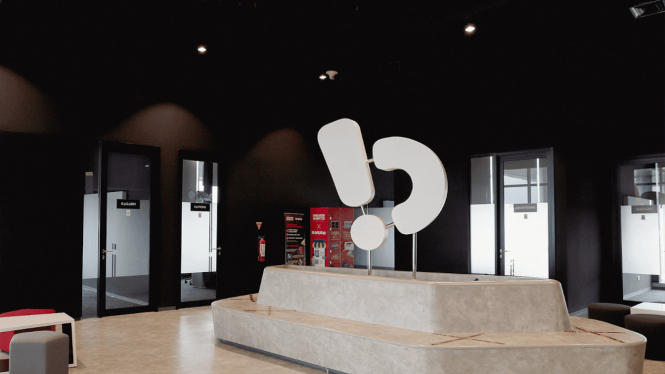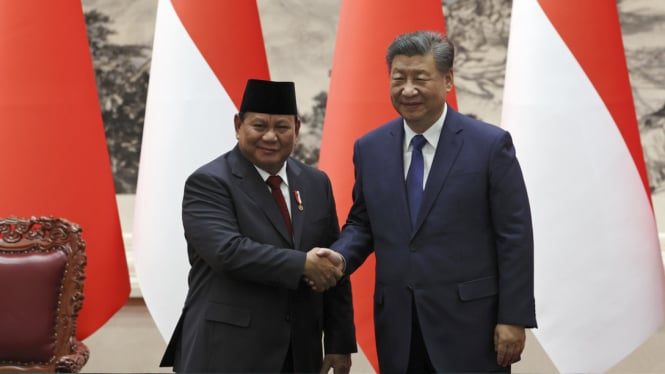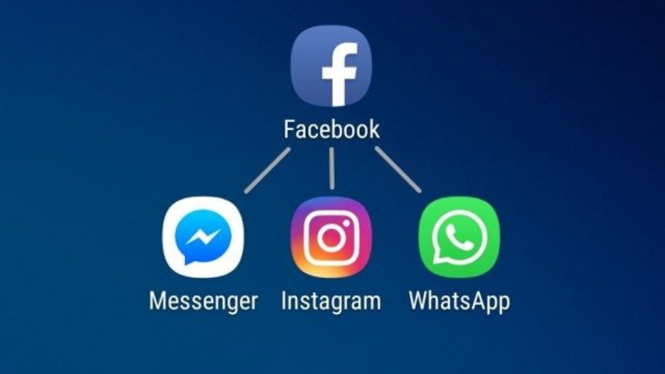Jakarta, VIVA – Kakeibo, a Japanese word meaning "household account book," is more than just a budgeting method; it's a mindful approach to personal finance.
It encourages users to meticulously track every single expense, categorizing them into needs, wants, and cultural expenses. This detailed record-keeping isn't just about numbers; it's about developing a deeper understanding of spending habits.
By visually seeing where your money goes, you can identify areas where you're overspending and make conscious choices to cut back, ultimately leading to a thicker wallet.
The core of Kakeibo lies in its simplicity and intentionality. Unlike complex budgeting apps, Kakeibo often utilizes a physical notebook, fostering a more tactile and reflective experience.
The beauty of Kakeibo is its adaptability. It can be tailored to any income level or lifestyle. Whether you're saving for a down payment, paying off debt, or simply trying to gain better control of your finances, Kakeibo provides a framework for achieving your goals.
By focusing on conscious spending and regular reflection, Kakeibo empowers individuals to take charge of their financial well-being and build a more secure future, one yen at a time. Here's to know how to apply the Kakeibo method for savings:
1. Calculate Your Income and Expenses
The first step in the Kakeibo method is to determine your total monthly income. Then, subtract all fixed expenses such as rent, utilities, internet, and loan payments. Once you have a clear picture of your remaining funds, you can make smarter decisions about budgeting, saving, and spending.
2. Set a Savings Goal
After identifying how much money you have left after essential expenses, set a realistic savings goal.
Decide what percentage of your income you want to save each month. Setting an achievable target ensures consistency and prevents financial stress.
3. Keep a Journal or Notebook
One of the key principles of Kakeibo is manually recording every transaction, including both income and expenses.
Writing things down helps you become more aware of your spending habits and encourages thoughtful decision-making before making a purchase.
4. Categorize Your Expenses
In the Kakeibo system, expenses are divided into four main categories:
• Essentials (food, transportation, bills, etc.)
• Wants (fashion, dining out, entertainment, etc.)
• Culture (books, concerts, museum visits, etc.)
• Unexpected Costs (medical bills, car repairs, emergencies, etc.)
By classifying your expenses, you can easily identify where most of your money goes and cut back on unnecessary spending if needed.
5. Review and Adjust Your Strategy
At the end of each month, take time to review your financial records. Did you meet your savings goal? Were there any unnecessary expenses that could be reduced next month? Regular reflection helps build better financial habits and allows for gradual improvement over time.
By following these steps, the Kakeibo method can help you gain control over your finances, cultivate mindful spending habits, and ultimately achieve your savings goals—just like the Japanese do.
Halaman Selanjutnya
1. Calculate Your Income and Expenses

 3 hours ago
1
3 hours ago
1












































